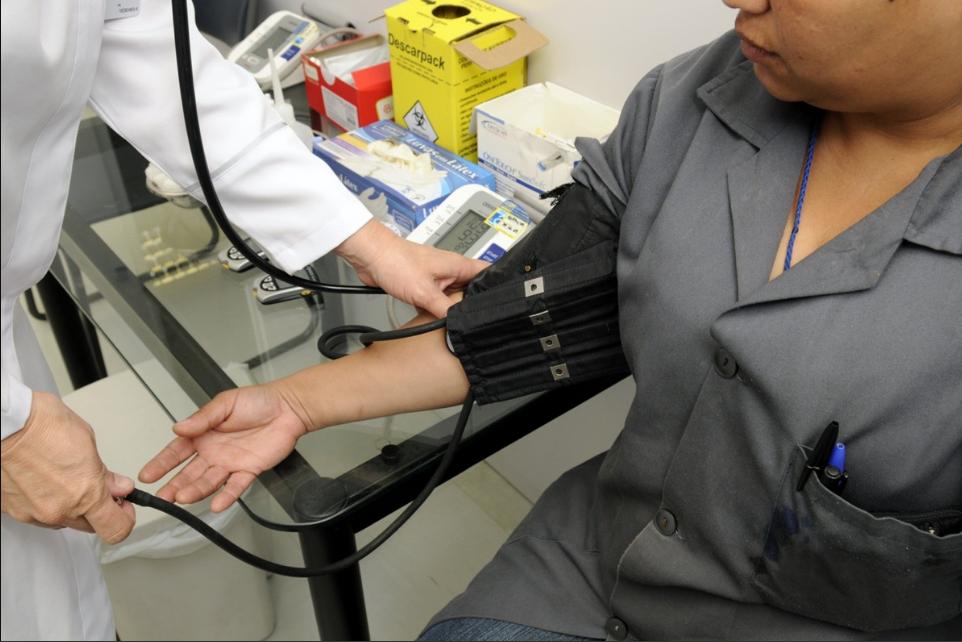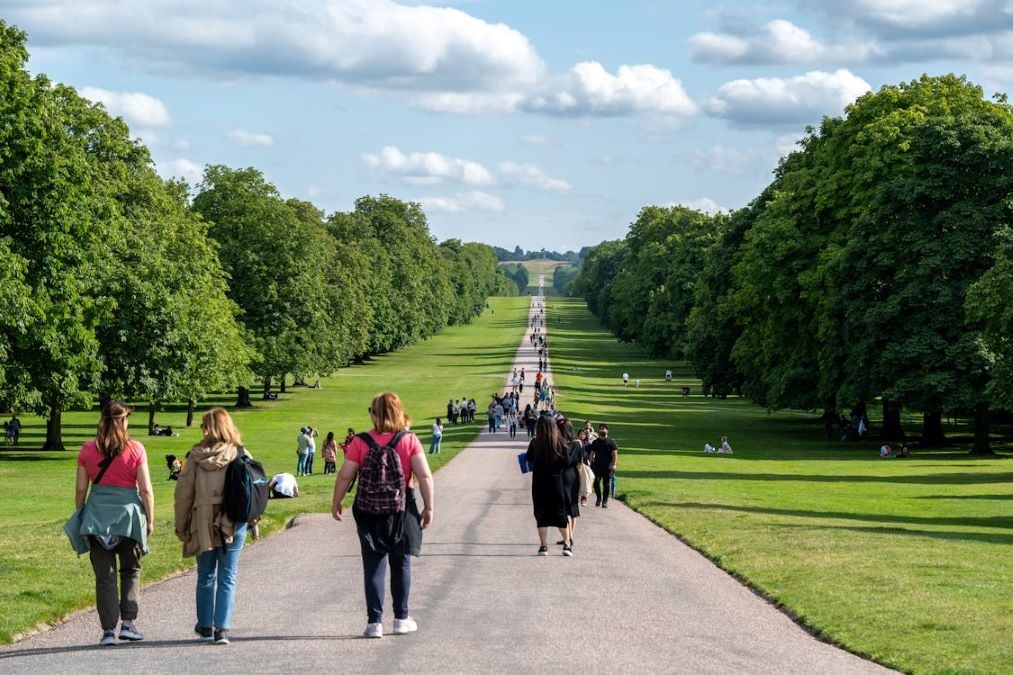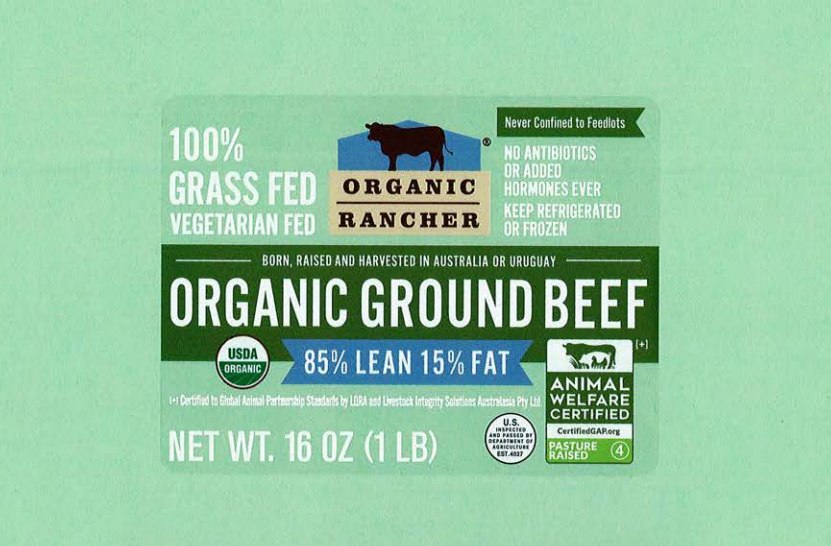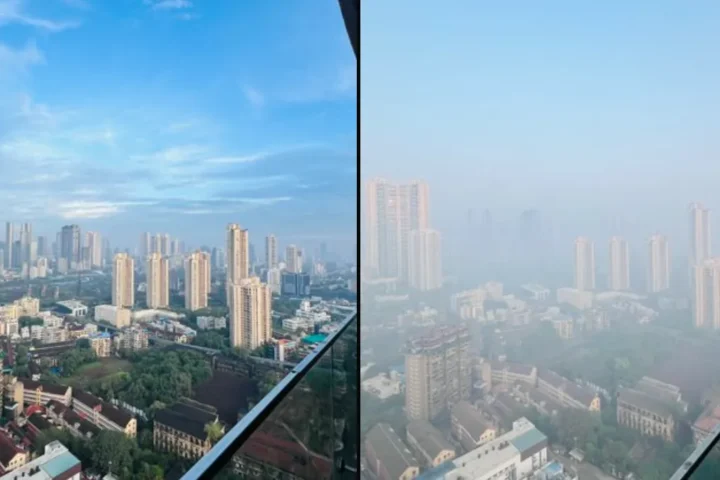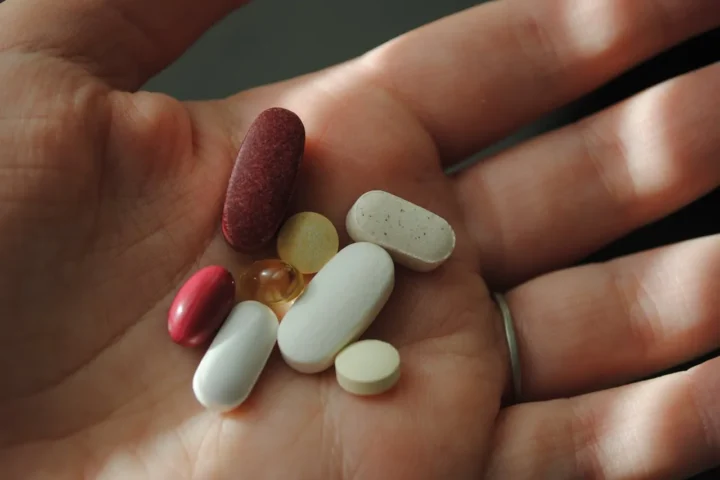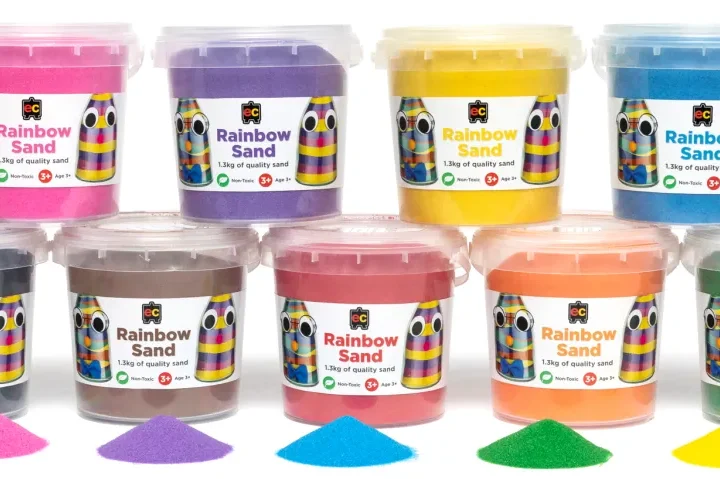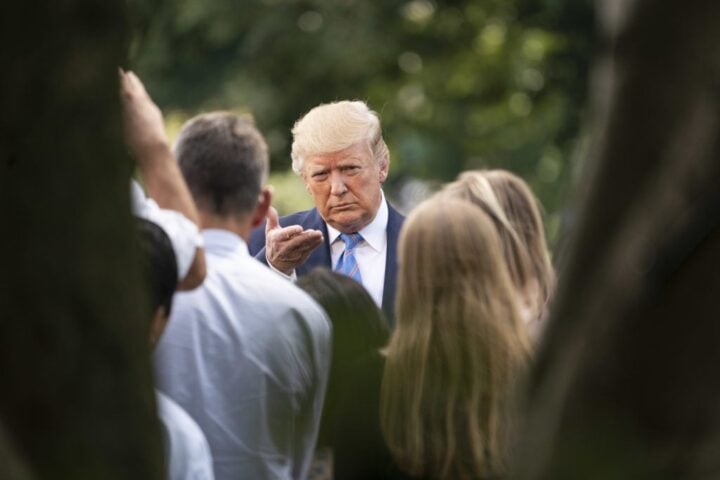Getting in touch with family doctors has become easier for a growing number of people, with roughly three-quarters of patients now reporting they can reach their GP without difficulty. This shows considerable progress compared to just 60% who felt the same way last summer.
Behind this positive shift is the widespread adoption of modern phone technology, now installed in virtually all (99%) doctor’s offices across England. These systems have helped eliminate the frustrating morning scramble many experienced when trying to secure appointments.
Medical visits have also increased significantly, with doctors’ practices handling 29.3 million consultations in April 2025 – representing almost 20% growth from pre-COVID figures in April 2019.
“It’s brilliant news that more people find it easy to contact a GP, because improving access to general practice is an NHS priority,” said Dr. Amanda Doyle, National Director for Primary Care and Community Services.
The digital upgrade isn’t limited to phone systems. Many practices now offer online consultations, allowing patients to submit requests through practice websites or apps. The NHS smartphone application gives people direct access to services like medication refills and laboratory results without needing to phone their physician. The government has backed these digital improvements with substantial funding, as Health Minister Ashley Dalton noted when referencing the budget allocation of £26 billion for the NHS, including £889 million specifically for general practice.
The Village Health Group in South Nottinghamshire showcases how technology can transform patient access. This large practice serving about 28,000 patients implemented a complete triage system where all requests are reviewed by a doctor with same-day responses.
Similar Posts
Dr. Oliver Puar, GP partner at the practice, explained: “We introduced a total triage system to improve access for our patients, improve patient continuity and make every contact count.”
The outcomes demonstrate clear success, with the clinic now providing more in-person consultations and seeing patient satisfaction levels rise significantly from 73% to 88% between 2023 and 2025.
Importantly, practices are ensuring no one gets left behind. For patients without internet access or digital skills, receptionists help complete online forms over the phone. Some practices focus special attention on vulnerable patients who need more support.
Despite these improvements, challenges remain. GP workforce pressures continue, with each full-time GP now responsible for an average of 2,257 patients – a 16.5% increase since 2015. And while more GPs have joined the workforce in the last year, the number of GP partners has declined.

The Royal College of General Practitioners has voiced concerns about GPs having enough time during appointments to build relationships with patients amid growing demands.
As one patient from Village Health Group put it: “The online service is brilliant. In the last week I’ve messaged twice, once with a change in prescription and the other with a reoccurring issue and both were dealt with within 5 minutes of the message being sent. It’s so quick and easy.”
